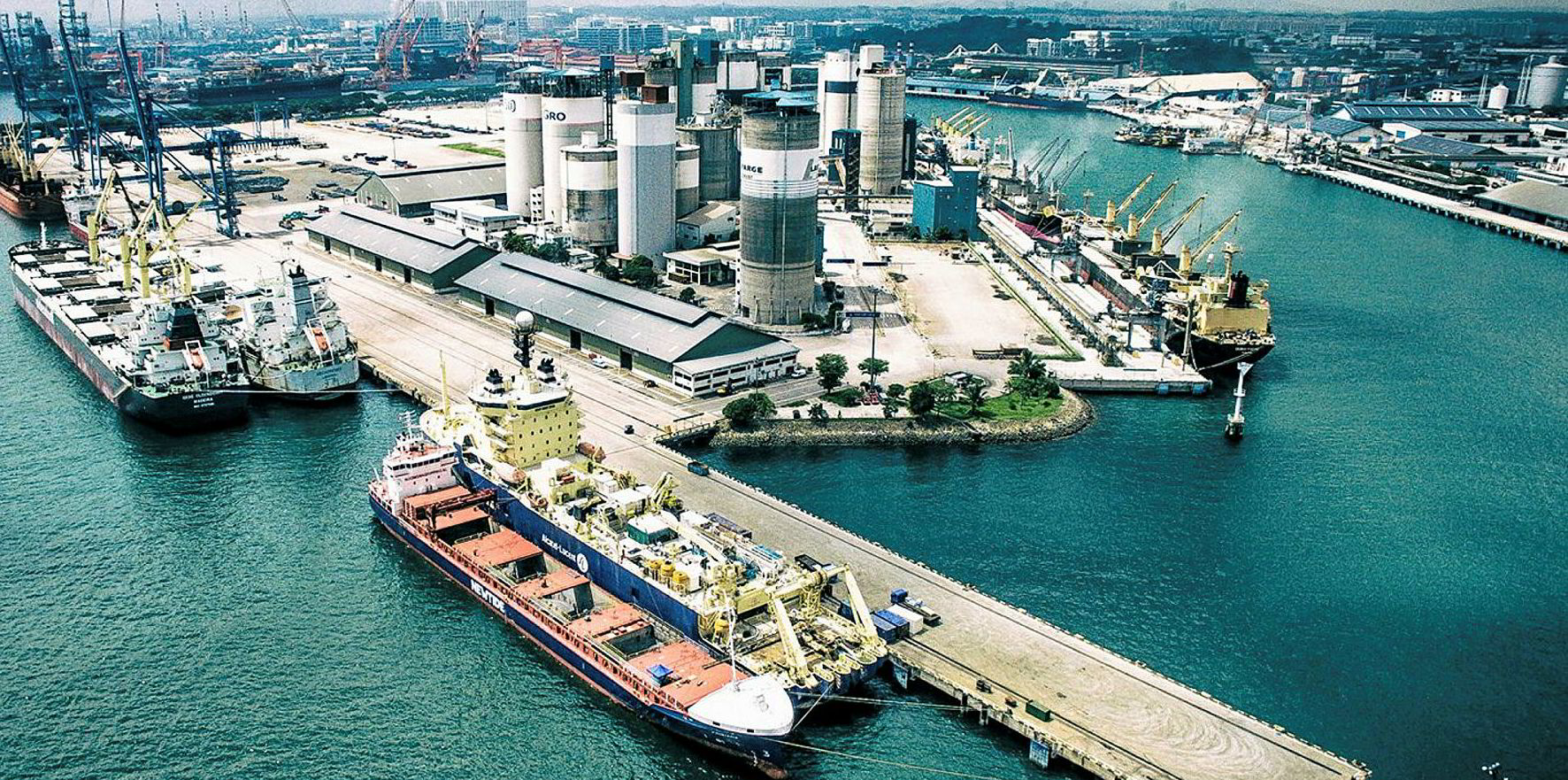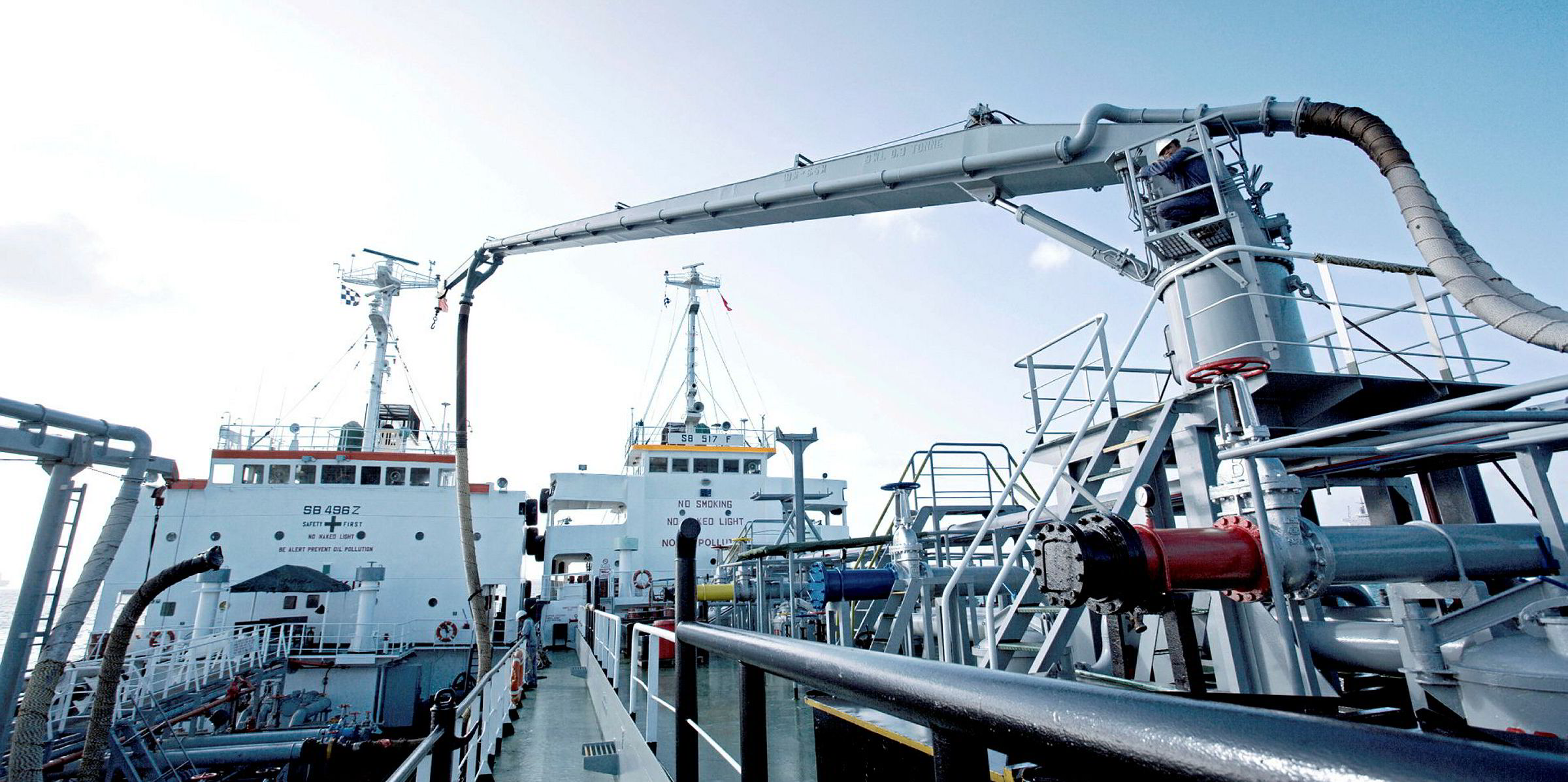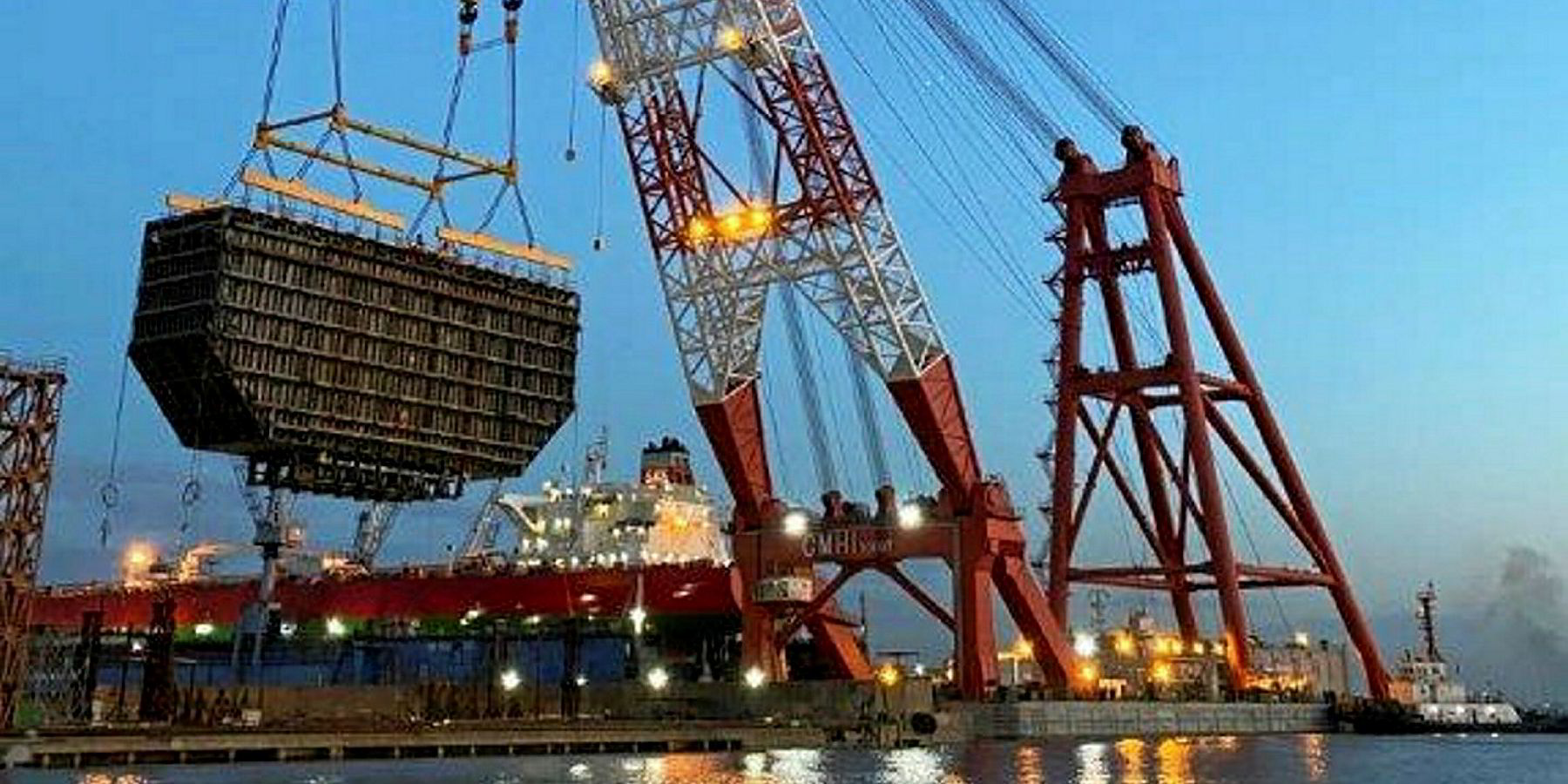Shipowners are being warned of the side effects of weak aviation fuel demand during the coronavirus pandemic: while bunker supply could increase, quality could be hit.

With the collapse in air travel, refineries and fuel producers have been seeking to minimise the output of jet fuel and increase production of higher-value fuels.
This means more straight-run kerosene — the main component of jet fuel — is, in some instances, being used during the refining and blending processes to produce marine gasoil (MGO) or very low-sulphur fuel (VLSFO).
LQM Petroleum Services chief executive Daniel Rose told TradeWinds that using kerosene in VLSFO production is “becoming more common”, but he added: “We are only seeing this happen in Asia currently.”
Jet fuel woes
The world’s total marine fuel demand is to fall by at least 11% this year, according to Cockett.
But the bunker market has proved to be more resilient than jet fuel, for which demand is forecast by some oil analysts to more than halve in 2020.
In Singapore, the world’s largest bunkering hub, total marine fuel sales increased to 32.9m tonnes between January and August, up from 31.3m tonnes in the same period of 2019.
According to Argus Media, jet fuel was sold at a discount to VLSFO in Singapore from April to the end of May before its price recovered during summer.
The discount has re-emerged since 8 September. In the same time span, jet fuel prices are still higher than VLSFO in Houston and Northwest Europe.
“Using any cheaper component drives down the cost, and likely the sale price, of the finished product. So it will be cheaper with its addition,” BLUE Insight’s director Adrian Tolson said.
“Streams such as jet and other components [are] being blended because they are in oversupply and VLSFO bunkers are seen as an outlet — they will contribute to the oversupply in the [bunker] market.”
But Vortexa’s senior trading specialist Cosmo Kedros said the price impact would be small because few jet fuel components are expected to end up in the bunker pool.
Citing market estimates, Argus reported up to 4,700 tonnes could be blended into the monthly sales of 4m tonnes of VLSFO in Singapore.

Quality issues
Industry participants believe the use of jet fuel components in marine fuel production would need to be carefully gauged — otherwise, the temperature at which a fuel product ignites, also known as flashpoint, could be lower than required.
According to the International Convention for the Safety of Life at Sea, marine fuels need to have flashpoints of 60C or above to avoid posing a dangerous risk to vessel operations.
“Jet fuel has a flashpoint of 38C, and flashpoint does not blend linearly,” said Charlotte Rojgaard, global head of Bureau Veritas’ fuel-testing unit VeriFuel. “Even a small amount of jet fuel will impact the flashpoint of the marine fuel.”
Malcolm Cooper, managing director of Veritas Petroleum Services, another fuel tester, suggested that there was a clear correlation between off-spec bunker fuels with low flashpoints and oversupply of road and aviation fuels.
More flash point issues could emerge after some producers routed cheap jet fuel into bunker production last month, reported the Manifold Times, citing Cooper.
UK P&I Club’s director of risk assessment Ansuman Ghosh said there is “a significant uptick in low flashpoint irregularities” in MGO and VLSFO in Singapore and some similar off-spec cases in the Middle East. VLSFO products also see lower viscosity and density, he added.
“From our experience, bunkers found with a flashpoint slightly below 60C (57C or higher) will often improve, as the lighter fractions evaporate naturally,” Ghosh wrote in a web report.
“In certain cases, blending with another fuel batch to raise the flashpoint might be a possible solution. This decision can be taken after considering all risks such as fuel compatibility, complications of blending on board and the statutory requirements to be followed in a blending process.
“However, if none of the options are viable, the bunkers will have to be discharged ashore.”






